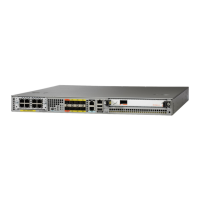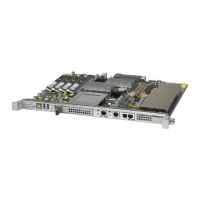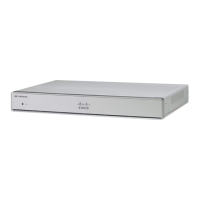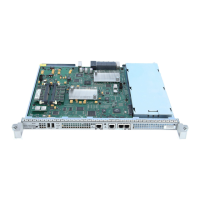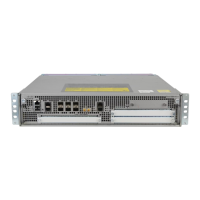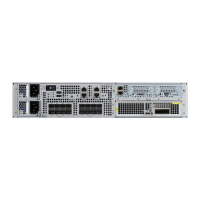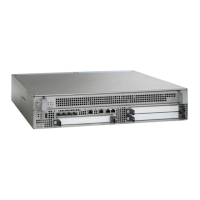8-4
Cisco 10000 Series Router Software Configuration Guide
OL-2226-23
Chapter 8 Configuring ATM Permanent Virtual Circuit Autoprovisioning
ATM PVC Autoprovisioning
ATM VC Scaling and VC Assignment
The ATM line cards support the full range of VPI//VCI pairs (unidirection only)—8 bit VPI range and
16 bit VCI range.
Table 8-1 lists the maximum number of active VCs supported on ATM line cards for
Cisco IOS Release 12.3(7)XI2 or later releases.
You can configure the maximum number of VCs across the ports in any fashion, provided that you do
not exceed the per-port maximum.
Although the maximum number of VBR, CBR, and shaped UBR VCs per E3/DS3 and OC-3 ATM line
card is 28,672 VCs, the router supports a maximum of 22,204 VBR, CBR, and shaped UBR VCs per line
card that you can place within virtual path (VP) tunnels. If you attempt to bring up more than 22,204
VCs in a configuration that includes VP tunnels and VCs (hierarchical traffic shaping configuration), the
VCs might not assign traffic correctly or the VCs might not come up at all. Be sure to limit the number
of configured VBR, CBR, and shaped UBR VCs on an ATM card to less than 22,204 VCs if you place
the VCs in VP tunnels.
For the OC-12 ATM line card, the router supports 16,384 VCs in VP tunnels.
A pair of unidirectional Segmentation and Reassembly (SAR) chips are used on the line cards, one for
the transmit direction and the other for the receive direction. The architecture of the SAR places limits
on the following values supported by the router’s ATM interfaces:
• Maximum number of active VCs
• Maximum number of VPI combinations that can be configured
• Maximum number of VCI combinations that can be configured
To allow the SAR to support the same VPI/VCI values per interface and thus discriminate among the
VCs, the SAR translates the external VPI/VCI values into an internal 32-bit logical header that includes
bits for the port number. Router interfaces can support 510 (page 0 is unused due to a hardware
limitation; page 511 is reserved for tunnels) unique combinations of the following bit fields:
• PHY bits to designate the physical interface of the PVC. The OC-3 line card requires 2 bits for the
port number; the OC-12 line card doesn’t require any bits; and the DS-2 line card requires 3 bits.
• 8 VPI bits (represents the entire VPI value)
• Upper 9 bits of VCI value (bits 7-15 of the VCI field)
For more information, see the Understanding the Maximum Number of Active Virtual Circuits on Cisco
ATM Router Interfaces tech note.
Ta b l e 8-1 Active VCs on ATM Line Cards
Line Card Max. VCs per Port Maximum VCs per Module No. VBR, CBR, Shaped UBR VCs
E3/DS3 4,096 32,768
1
1. For 32,768 VCs per module, 4096 of them must be unshaped UBR VCs.
28,672
2
2. For 28,672 VBR, CBR, and shaped UBR VCs, no VCs can be in shaped VP tunnels. If VCs are in shaped VPs, the number of VBR, CBR, and shaped
UBR VCs is 22,204.
OC-3 8,191 32,764
3
3. For 32,764 VCs per module, 4096 of them must be unshaped UBR VCs.
28,672
4
4. For 28,672 VBR, CBR, and shaped UBR VCs, no VCs can be in shaped VP tunnels. If VCs are in shaped VPs, the number of VBR, CBR, and shaped
UBR VCs is 22,204.
OC-12 16,384 (previously 14,436) 16,384 16,384

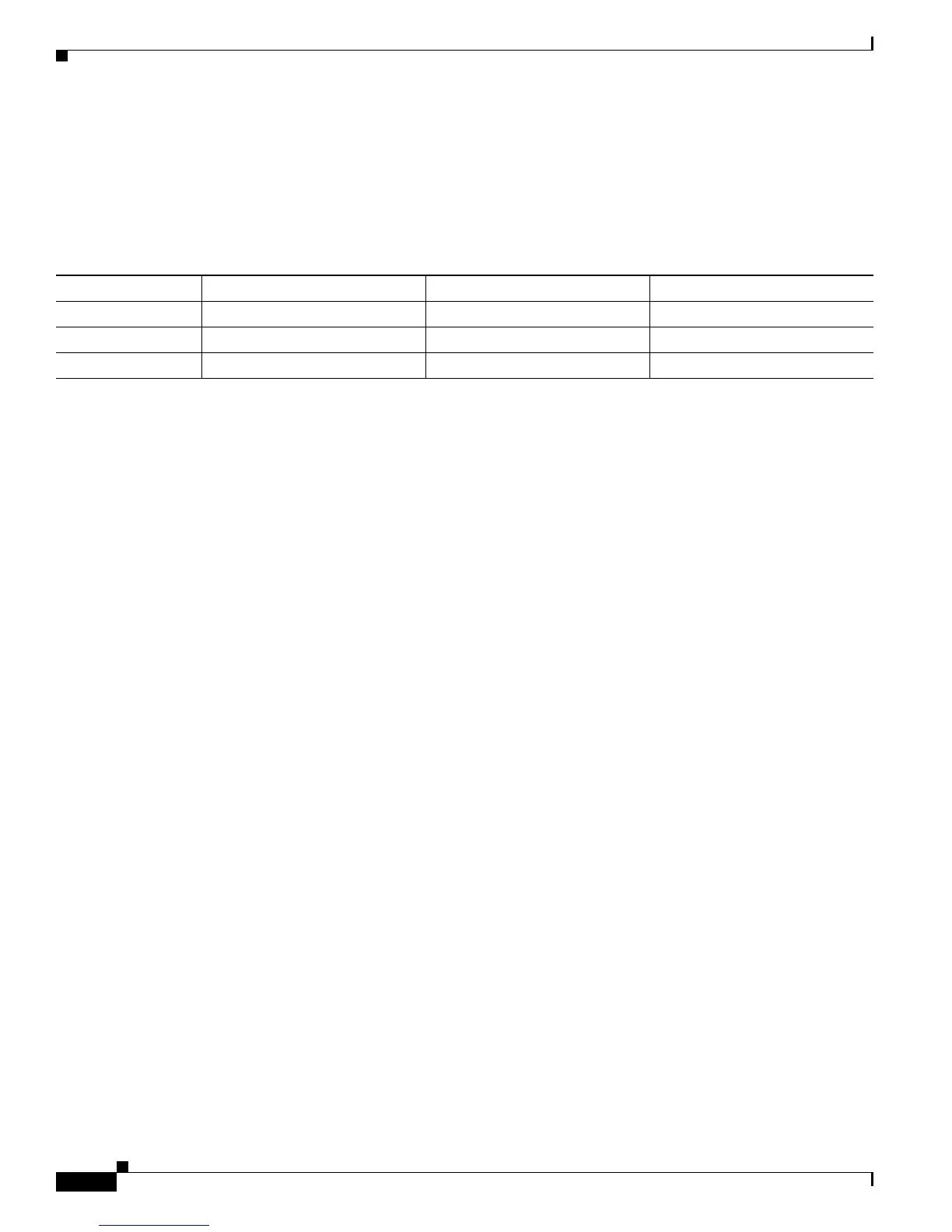